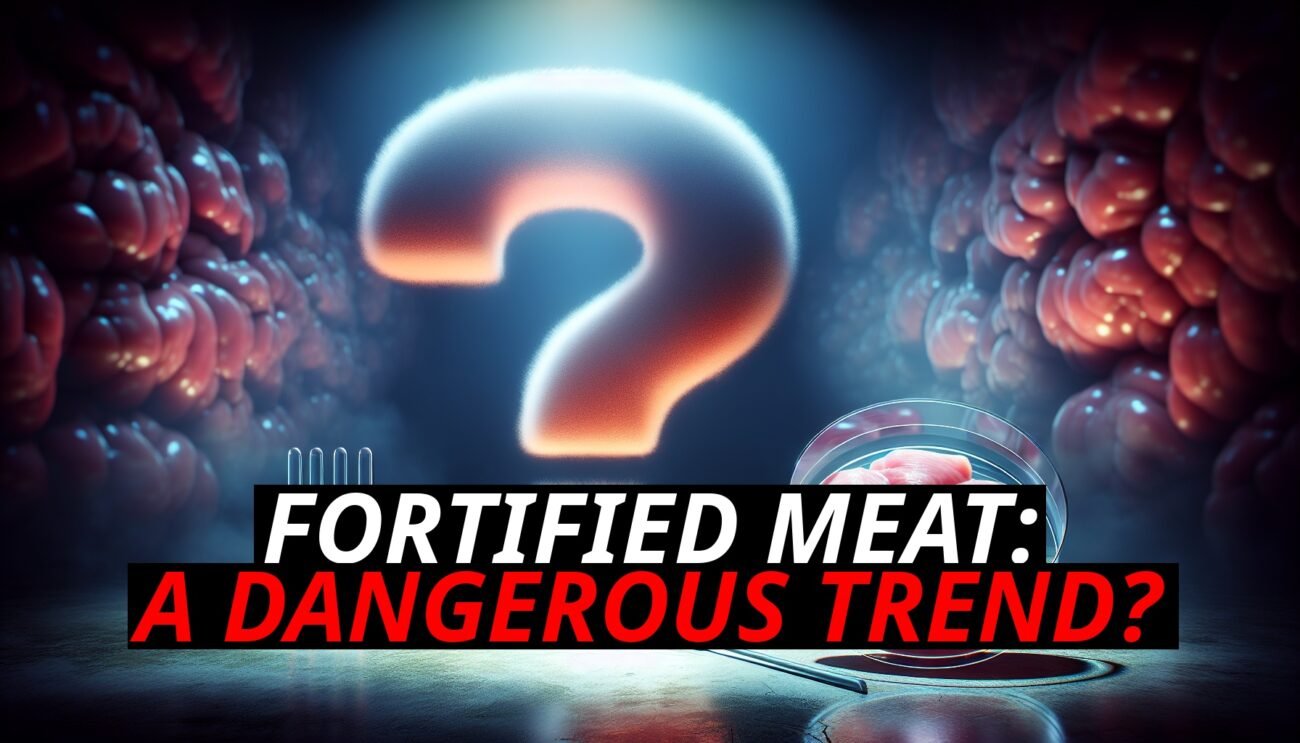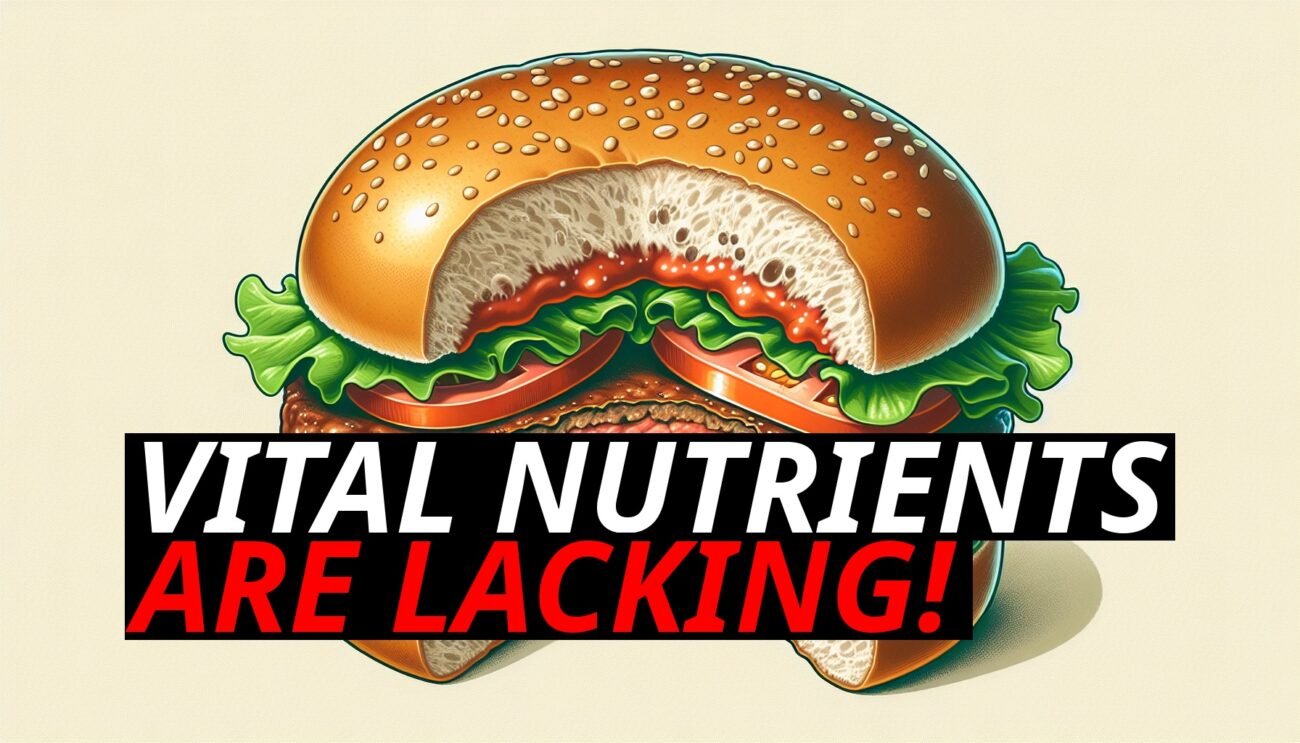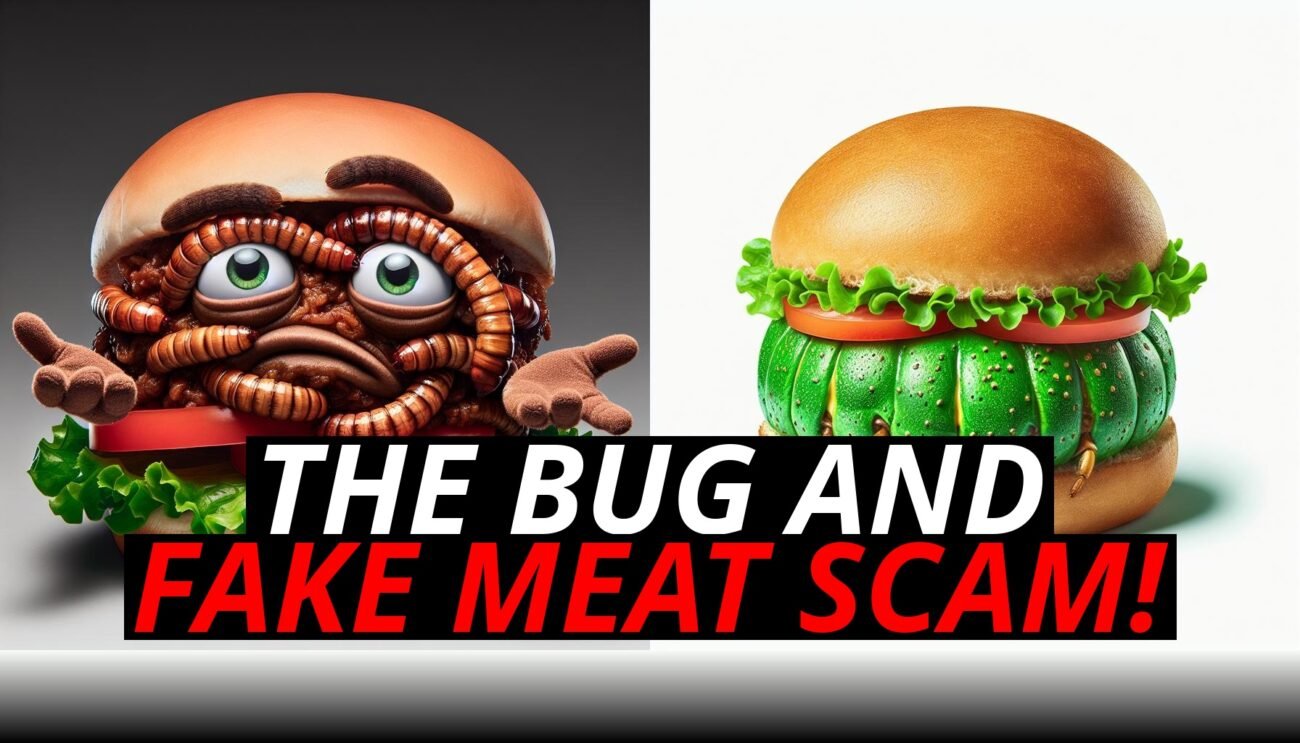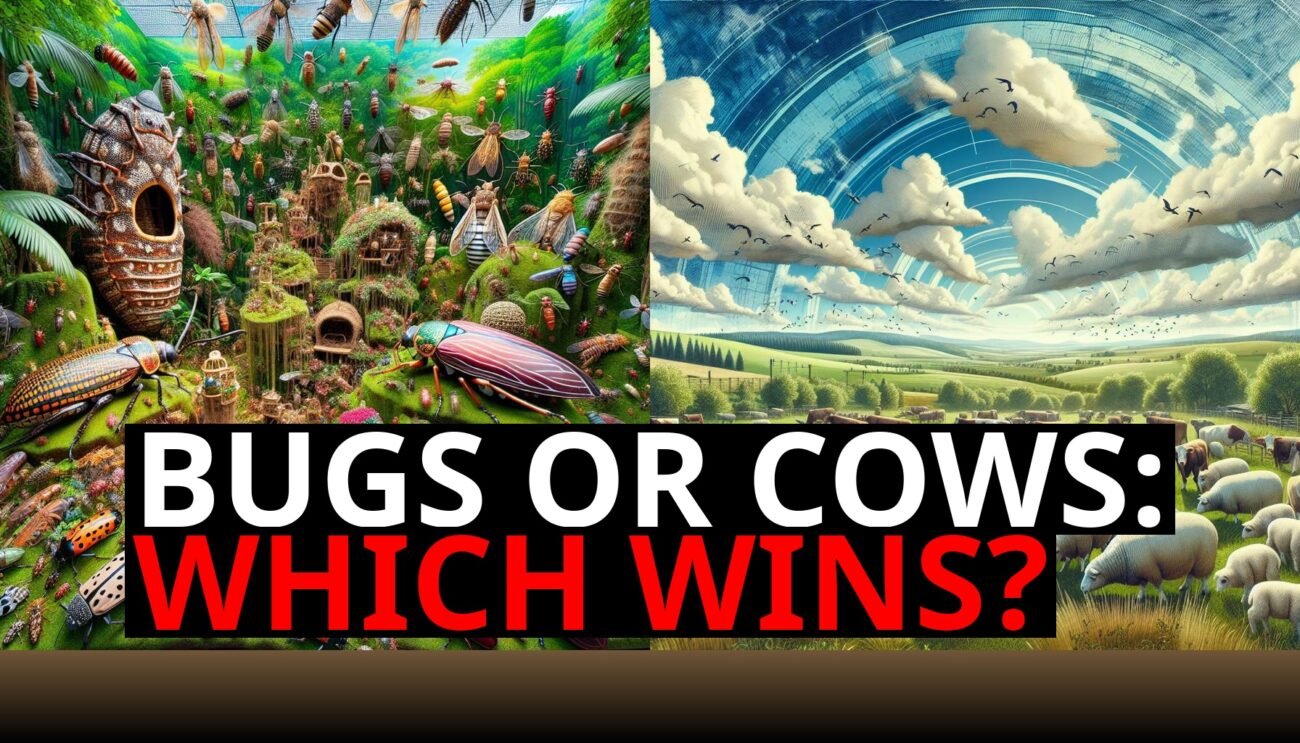In the race to find sustainable solutions for feeding the world, a lot of attention has shifted to the idea of farming insects. Bug farming is being touted as the eco-friendly answer to protein shortages, climate change, and the demand for alternative food sources. But there’s a much more familiar and proven answer right under our noses: eggs and dairy.
While bugs are getting all the buzz, eggs and dairy are quietly holding the title as the real sustainable superfoods. Let’s explore why these staples are not only more efficient but also more environmentally friendly than the bug hype would have you believe.
The Efficiency Of Eggs: Nature’S Perfect Protein
When it comes to sustainable nutrition, eggs are hard to beat. Chickens are among the most efficient animals to farm, and eggs provide a nearly perfect balance of protein, fat, and essential vitamins. What makes eggs truly stand out in the sustainability game, however, is how efficiently they can be produced compared to alternative protein sources like bugs.
Here’s why eggs are the real superfood:
- Low feed-to-egg ratio: Chickens are highly efficient converters of feed into food. For every unit of feed, chickens produce a significant amount of protein-rich eggs. This means fewer resources are required to produce a high-quality protein source.
- Continuous production: A single hen can lay hundreds of eggs per year without needing to be slaughtered, making eggs a renewable resource. Compare this to bugs, where entire populations need to be harvested after reaching maturity, creating a less sustainable cycle.
- Nutrient density: Eggs contain a wide variety of nutrients, including vitamin D, B vitamins, iron, and omega-3 fatty acids. They offer a more complete package of nutrition than bugs, which tend to lack key nutrients like fats and fat-soluble vitamins.
With all these advantages, eggs stand out as one of the most efficient and sustainable food sources available.
Dairy: A Renewable Source Of Nutritional Power
Much like eggs, dairy offers an incredibly efficient and renewable way to produce high-quality nutrition. Cows, goats, and other dairy animals produce milk without needing to be killed, providing a continuous supply of essential nutrients for people all over the world. And when it comes to sustainability, dairy has several key advantages over bug farming.
- Minimal land use: Dairy animals can be raised on land that is unsuitable for crops, such as grasslands and hillsides. These areas provide a natural environment for grazing, reducing the need for deforestation or the conversion of cropland into feedlots.
- Efficient nutrient delivery: Dairy products like milk, cheese, and yogurt offer a balance of protein, fats, carbohydrates, and essential vitamins. These products deliver more complete nutrition than bugs, which, while high in protein, are often lacking in the fats and vitamins necessary for a well-rounded diet.
- By-products and waste reduction: Dairy farming produces useful by-products like manure, which can be used to fertilize crops, improving soil health and reducing the need for chemical fertilizers. This helps close the nutrient loop, making dairy farming a key player in sustainable agriculture.
In contrast, the energy required to farm, process, and transport bugs creates an inefficient system that doesn’t provide the same breadth of nutrition as dairy does.
Bug Farming Hype: The Real Environmental Costs
Bug farming is often promoted as a low-resource, eco-friendly solution to the food crisis, but when we take a closer look, the environmental benefits may not be as clear-cut as they seem.
Here are some of the hidden costs of bug farming:
- Climate control: Bugs require specific temperatures and humidity levels to thrive, meaning bug farms often need energy-intensive climate control systems to maintain the right conditions. This leads to higher energy consumption, especially in regions where outdoor farming isn’t possible year-round.
- Specialized feed: While it’s true that some bugs can eat waste or low-grade organic matter, many bug farms rely on specialized feed to speed up growth and ensure nutritional consistency. This means additional resources are required for feed production and transportation, reducing the overall sustainability of the operation.
- Processing energy: Bugs are not simply harvested and eaten. They need to be processed, whether by drying, grinding into powder, or packaging into other forms. This requires further energy and infrastructure, adding to the environmental footprint.
Compared to traditional food systems like eggs and dairy, which have been optimized for efficiency over centuries, bug farming introduces new complexities that may offset its supposed environmental benefits.
Eggs And Dairy: A Proven Path To Sustainability
Unlike the relatively new and untested world of bug farming, eggs and dairy have been part of human diets for thousands of years. They’ve proven their value not only as nutritious staples but also as foods that can be produced sustainably when done right.
Here’s why eggs and dairy are the future of sustainable food:
- Low-impact farming practices: Free-range and pasture-raised systems for chickens and dairy cows allow animals to graze on natural vegetation, reducing the need for intensive feed systems and minimizing their environmental footprint.
- Carbon sequestration: In well-managed regenerative agriculture systems, dairy farms can actually help reduce atmospheric carbon. Grazing animals help promote soil health, which encourages the growth of deep-rooted plants that pull carbon from the atmosphere and store it in the soil.
- Renewable resources: As renewable resources, both eggs and dairy can be produced continuously without needing to harvest or kill the animals, unlike the one-time harvests required for bugs.
The fact that eggs and dairy have been produced sustainably for generations speaks volumes about their long-term potential to help feed a growing population without degrading the environment.
The Nutritional Edge: Why Eggs And Dairy Are Superior To Bugs
While bugs may be high in protein, they fall short in terms of overall nutrition. Eggs and dairy, on the other hand, offer a broader and more balanced array of nutrients, making them superior food sources for both human health and sustainability.
- Fat and fat-soluble vitamins: Both eggs and dairy provide essential fats, which are crucial for absorbing fat-soluble vitamins like A, D, E, and K. Bugs are low in fat, making it harder to obtain these important nutrients from an insect-based diet.
- Complete protein: Eggs and dairy are complete protein sources, meaning they contain all nine essential amino acids that our bodies need. While bugs can provide protein, they don’t always offer the same balance of amino acids found in eggs and dairy products.
- Versatility and culinary appeal: Let’s face it—eggs and dairy are incredibly versatile. From scrambled eggs at breakfast to cheese in your favorite dishes, these foods are staples in nearly every cuisine. Bugs, on the other hand, face significant cultural resistance and lack the widespread culinary appeal of traditional foods.
By providing more complete nutrition in a form that people are already familiar with, eggs and dairy offer a more practical and healthful solution to the challenges of feeding a growing global population.
Conclusion: The Future Of Food Lies In What We Already Know
While the idea of eating bugs might seem like a novel solution to the world’s food problems, the reality is that eggs and dairy are far more efficient, nutritious, and sustainable. These foods have stood the test of time and continue to provide a renewable, low-impact source of protein and nutrients that can be produced without harming the environment.
Bug farming may have its niche, but when it comes to feeding the world in a way that’s both environmentally friendly and economically viable, the future of food isn’t crawling with insects—it’s sitting on your breakfast plate in the form of eggs and dairy.













